They say moving is one of life’s most stressful events, and when that move takes you across oceans, the stress can feel ten times bigger.
If you’re planning an international move, you’ve probably already asked yourself the big question: how to move belongings overseas. It’s a question millions of Americans face every year.
In fact, according to the U.S. State Department, nearly 9 million U.S. citizens live abroad, and thousands more relocate each year for work, study, or retirement. Behind every one of those moves is the same challenge: how to pack up a life and ship it safely to another country.
Your furniture, clothes, electronics, maybe even your car or your pet—all of it has to get from point A to point B.
Do you hire a company to handle everything?
Do you try to save money with moving containers and a little DIY effort?
Or do you compare moving companies and moving broker options and see which works best?
These decisions can feel overwhelming, especially when every website seems to throw different numbers and confusing terms at you.
So, let’s discuss the exact process of moving belongings overseas step by step.
The Step-by-Step Process – How to Move Belongings Overseas
Here are the steps you should follow to move your belongings overseas:
Step 1: Plan Your Move
Every successful overseas move starts long before the boxes are packed. The first step is to plan.
So, what does planning actually mean when it comes to how to move belongings overseas? It is like building the foundation of a house. You don’t start putting up walls until the base is solid.
Decide What You’re Taking (and What You’re Not)
One of the first things to figure out is what’s worth shipping. Shipping isn’t cheap. According to a survey, international moving costs can range anywhere from $1,500 to over $12,000. That means every single item you pack adds up.
A good rule of thumb is to ship what is hard or expensive to replace overseas and leave behind bulky or low-value items.
Set Your Timeline Early
International moves don’t happen overnight. Sea freight, which is the most common method for moving belongings overseas, typically takes 4–8 weeks depending on the destination.
Air freight is faster but can cost 10 to 15 times more. That means you'll want to give yourself at least 3 months of lead time before your planned move date.
Budget Realistically
Planning your budget early helps reduce that fear. Costs depend on distance, weight, and method of shipping, but to give you an idea:
| Type of Move | Average Cost Range (USD) | Timeline |
|---|---|---|
| 1-Bedroom (US → Europe) | $3,500–$6,000 | 4–6 week |
| 3-Bedroom (US → Asia) | $8,000–$12,000 | 6–8 week |
| Small Air Shipment (essentials only) | $1,200–$3,000 | 1–2 weeks |
Step 2: Choose a Shipping Method
Now that you’ve got a plan in place, the next big question is: How are you actually going to get your stuff across the ocean?
This is the part where most people feel stuck, because the choices sound confusing: sea freight, air freight, couriers, moving containers, and every company seems to recommend something different.
Sea Freight
For most people shipping belongings abroad, sea freight is the go-to method. It’s affordable and practical for large shipments. On average, moving a 20-foot container from the U.S. to Europe costs between $3,500 and $6,500, while a 40-foot container can cost between $6,000 and $12,000.
You’ll usually have two choices:
- FCL (Full Container Load): Best if you’re moving a whole household. The container is yours alone, which makes it faster at customs since you don’t share space with other shipments.
- LCL (Less than Container Load): Perfect for smaller moves. You share the container with others, which cuts costs but can add a little time to the journey.
Air Freight
If time matters more than money, air freight might be worth it. Delivery can take just 1–2 weeks, but the price tag is steep, often 10 to 15 times more than sea freight. For example, sending a small 200 kg (about 440 lbs) shipment from New York to London by air can easily cost $4,000–$5,000.
Air freight makes sense for essentials, things you’ll need immediately, like clothes, laptops, or kids’ school supplies.
Courier and Parcel Services
If you’re not moving much, maybe just a few boxes or personal items, global couriers like FedEx, UPS, or DHL can step in. These aren’t the cheapest options, but they’re simple and reliable for smaller shipments.
Moving Containers and Hybrid Options
Another option gaining popularity in the U.S. is portable moving containers. Companies like PODS and U-Pack drop a container at your house, you load it, and they handle the shipping. While not always the cheapest option for overseas travel, they're convenient if you want time to load at your own pace.
Some families even use a hybrid approach: ship essential items by air for immediate use, and the rest by sea freight to save money.
How to Decide What’s Right for You
Here’s a quick decision guide:
| Your Priority | Best Shipping Option |
|---|---|
| Saving money | Sea freight (LCL if small move, FCL if big move) |
| Speed and urgency | Air freight for essentials |
| Convenience | Full service movers and packers (they handle everything) |
| Small, light shipment | Courier/parcel service |
| Flexibility in packing | Moving containers (self-load at home) |
Step 3: Get Quotes and Select a Moving Company
Now comes the part that feels a little intimidating: finding the right movers and getting fair quotes. This step can make or break your moving experience. Pick the wrong company, and you could end up paying thousands more than expected or dealing with delays and damaged items. Pick the right one, and suddenly the whole process feels lighter.
Here’s the first rule: never stop at just one quote. International moving costs can fluctuate wildly depending on who you ask. The average cost of an overseas move ranges from $1,500 to $12,000. However, two companies quoting the exact same job can still differ by several thousand dollars. Because each mover calculates things like cubic volume, distance, and extra services differently.
That’s why experts recommend getting at least 3–5 quotes before making a decision.
What to Ask Before You Sign Anything
Ask questions like:
- Are you licensed and registered with the Federal Motor Carrier Safety Administration (FMCSA)? (You can check their database online for free.)
- Do you offer door-to-door service or just port-to-port?
- What’s included in the quote (packing, customs clearance, insurance, delivery)?
- What’s not included? (This is where many hidden fees hide—like port handling, stair carry, or fuel surcharges.)
-
Do you provide packing materials, or should I be asking “Do movers provide boxes” separately?
Understand the Quote Breakdown
It should show you:
- Transportation cost (sea or air freight).
- Packing and unpacking services (if chosen).
- Customs paperwork handling.
- Delivery to your final address.
- Insurance (often extra).
Step 4: Prepare Required Documents
When it comes to how to move belongings overseas, paperwork is the bridge between your stuff leaving the U.S. and you actually receiving it abroad.
The Essentials You’ll Almost Always Need
- Passport & Visa
- Detailed Inventory / Packing List
- Bill of Lading (for sea freight) or Air Waybill (for air freight)
- Customs Declaration Forms
- Proof of Residency Abroad
Country-Specific Rules You Shouldn’t Ignore
- United Kingdom: Used household goods are usually duty-free if you’ve owned them for more than six months, but you’ll need to complete a TOR1 form.
- Australia & New Zealand: Very strict on biosecurity; items such as wooden furniture, outdoor gear, and even Christmas decorations can be inspected for pests.
- Canada: Requires a detailed list of everything you’re shipping, and you must declare it when you enter the country, even if your goods arrive later.
Getting these wrong doesn’t just delay your move; it can cost you big. For example, U.S. Customs and Border Protection warns that improper declarations can result in fines up to $10,000.

If you’ve hired full-service movers and packers,they’ll usually guide you through this process and even prepare much of the paperwork on your behalf.
Step 5: Pack Your Belongings Properly
Packing isn’t just about throwing things into boxes; it’s about protecting your memories, your investments, and your peace of mind.
Start with Decluttering
Before you tape a single box, declutter. Think of it this way: every pound you ship costs money. Sell, donate, or recycle what you don’t need; it’s not just cheaper, it’s liberating.
Choose the Right Materials
You’ll need:
- Sturdy boxes (ask your mover *“Do movers provide boxes?” because their boxes are stronger than store-bought ones).
- Bubble wrap, packing peanuts, or foam for cushioning.
- Packing tape (industrial grade, not dollar-store rolls).
- Shrink wrap for furniture.
- Wardrobe boxes for clothing.
Pack Strategically
Here’s a simple rule: heavier items are at the bottom, and lighter items are at the top.
- Wrap fragile items individually and clearly mark the boxes with "FRAGILE."
- Use towels, blankets, or clothes as extra padding—it saves space and protects items.
- Label every box with both contents and the room it belongs to (“Kitchen – Plates,” “Bedroom – Winter Clothes”).
- Number your boxes and keep a master list or digital inventory. If a box goes missing, you’ll know right away what was inside.
Step 6: Arrange Insurance
Here’s something nobody likes to think about: accidents happen. Containers fall during storms, boxes get crushed in transit, or shipments get delayed and mishandled at ports. According to the World Shipping Council, an average of over 1,500 containers is lost at sea each year.
Why You Need Insurance
If your furniture, clothes, or electronics get damaged, you could be out thousands of dollars. And standard shipping contracts offer almost no real coverage. In many cases, the carrier is only liable for about 60 cents per pound.
This is why you need proper insurance.
Types of Coverage
There are generally two main types of moving insurance:
-
Released Value Coverage
-
Usually included in the base cost.
-
Minimal protection—payout is based on weight, not actual value.
-
Example: a 100 lb box valued at $1,000 might only be reimbursed at $60.
-
Full Value Protection (All-Risk Coverage)
-
Covers the actual current market value of your items.
-
If something breaks, the insurer either repairs it, replaces it, or pays you the value.
-
Costs extra, typically 2–4% of the declared shipment value (International Van Lines, 2024).
Step 7: Book and Confirm Your Shipment
This step turns all that planning into action, and getting it right means you avoid last-minute stress.
When should you book? Experts recommend booking your shipment at least 8–12 weeks in advance of your move date, as international movers and carriers tend to fill up quickly, especially during the summer months.
Confirm the Details
Once you’ve chosen your mover, they’ll send you a booking confirmation or service agreement. Read it carefully, it should include:
- Pickup and delivery addresses.
- Estimated shipping dates (pickup and arrival).
- Type of service (door-to-door, port-to-port, etc.).
- The shipping method you chose (sea freight, air freight, moving containers, etc.).
- What’s included (packing, customs paperwork, delivery to your new home).
- What’s excluded (possible port fees, storage, unpacking, etc.).
This is also when you’ll need to make an initial deposit. In the U.S., deposits are usually 10–25% of the total move cost, with the rest due closer to pick up or delivery.
Step 8: Track Your Shipment During Transit
And now comes the hardest part for many people, the waiting. It can feel unsettling knowing that everything you own is thousands of miles away, somewhere between ports and customs offices. That’s why it is important to track your shipment matters.
How Tracking Works
- Sea Freight: Most international shipments by sea have container tracking numbers. These are like the “flight number” of your belongings. You can enter the number on your mover’s website or the shipping line’s tracking system to see where the container is and whether it’s on schedule.
- Air Freight: Shipments by air come with an Air Waybill (AWB) number. This allows you to check the status of your cargo online through the airline’s portal.
- Courier Services: If you ship small boxes via FedEx, UPS, or DHL, you'll receive real-time tracking, just like you would with any other package.
What to Expect During Transit
-
- Sea Freight Timeline: Expect 4–8 weeks from the U.S. to Europe and up to 10–12 weeks to Asia or Australia. Some routes are faster, but weather, port congestion, and customs can add delays.
- Air Freight Timeline: Usually 1–2 weeks door-to-door, but more expensive.
- Courier Shipments: Often 5–10 business days, depending on customs.
Step 9: Clear Customs at Destination
Before your belongings are released, they need to pass through customs. It’s where officials make sure your shipment follows the rules.
Customs clearance is the process where officials review:
- The paperwork you submitted (packing list, bill of lading, declaration forms).
- The type of goods in your shipment.
- Whether taxes or duties apply.
Only once they approve, your belongings are released for delivery.
Documents You’ll Likely Need Again
Remember those documents from Step 4? They come back into play here:
- Passport and visa/residence permit.
- Inventory list with declared values.
- Bill of lading (sea) or air waybill (air).
- Country-specific customs forms.
- Proof of residence in your destination country (lease agreement, job contract, etc.).
Duties and Taxes
Here’s the part many people overlook: some countries charge duties or taxes on certain items.
- United Kingdom: Household goods can be brought in duty-free if you’ve owned them for at least 6 months and you complete the TOR1 form.
- Canada: Goods to follow (items arriving after you do) must be declared when you enter the country to qualify for tax-free entry.
- Australia & New Zealand: Very strict on quarantine rules, items like outdoor gear, wooden furniture, or even garden tools may be inspected or treated before release.
How Your Mover Can Help
Most reputable long distance moving companies include customs clearance support in their service. That means they’ll coordinate with local agents, handle communication with customs officers, and let you know if any fees are due.
Step 10: Receive and Set Up in Your New Home
After weeks (or sometimes months) of waiting, it’s an incredible feeling to see your shipment finally arrive. But don’t just rush to rip open boxes; this step is about being smart so you don’t miss important details.
Inspect Before You Unpack
As your belongings are delivered, take a moment to check each item off your inventory list. Make sure the box count matches what was loaded. If you spot damaged boxes, take photos right away and file an insurance claim.
Most full service movers and packers will ask you to sign a delivery receipt. Don’t sign it blindly; add notes about anything that looks off (like “Box #12 dented on corner”). This protects you later if there’s an issue.
Handle Claims Quickly
If something does arrive broken or missing, don’t panic. With full-value insurance, you can usually file a claim within 30–90 days (depending on the policy). The faster you report, the smoother the process.
Unpack With Strategy
Here’s a method that works:
- Start with essentials, kitchen basics, bedding, and toiletries.
- Move on to comfort items; things that make your new place feel like home (photos, favorite blanket, coffee maker).
- Tackle one room at a time instead of trying to do everything at once.
Labeling your boxes back in Step 5 pays off here, when you see "Kitchen – Plates" or "Bedroom – Winter Clothes," you know exactly where to put them.
Deal With Packing Waste
Moving creates a mountain of cardboard, bubble wrap, and shrink wrap. Ask your mover if they offer debris removal. Many moving services will pick up used boxes a day or two later. If not, check your local recycling guidelines to avoid being stuck with a pile of trash.
Setting Up Emotionally
Settling in isn't just about arranging furniture. It's about creating a sense of comfort in a completely new environment. Add a few personal touches right away, such as family photos, your favorite coffee mug, or your child's toys, in their room.
How Much Does it Cost to Move Belongings Overseas?
Moving internationally involves more than just freight charges. To give you a complete picture, here's everything you need to know.
Key Cost Categories
-
Shipping (Sea vs Air)
- Sea Freight (ocean shipping): Most cost-effective for full-household moves. Examples:
- U.S. → Europe: $3,500–$17,000
- For a 1–2 bedroom home: $3,500–$7,000
- 3–4 bedrooms: $8,000–$12,000
- 5–6 bedrooms: $11,000–$17,000
- A move to Europe specifically ranges between $6,300–$10,700
- Sea Freight (ocean shipping): Most cost-effective for full-household moves. Examples:
- Air Freight: Fast, but pricey, typically 10 to 15 times more than sea freight
-
Home Size vs Cost
A rough estimate based on bedrooms:
| Home Size | Estimated Cost (USD) |
|---|---|
| 1 Bedroom | $3,500–$5,500 |
| 2 Bedrooms | $5,000–$7,500 |
| 3 Bedrooms | $7,000–$10,000 |
| 4+ Bedroom | $10,000–$15,000+ |
-
Service & Origin/Destination
Regional cost variations:
- Europe: $3,500–$17,000
- Asia: $3,900–$17,500
- Australia: $4,000–$18,000
- Africa: $4,500–$18,500
- South America: $3,800–$16,000
- Specific countries:
-
Canada: $3,000–$5,500
-
UK: $5,000–$8,000
-
Australia: $7,000–$12,000
-
-
Breakdown of Service Components
-
Individual cost elements for a move to Europe:
| Service | Estimated Cost (USD) |
|---|---|
| Packing & Loading Materials | $800–$2,500 |
| Trucking to Port | $350–$850 |
| Ocean Freight (Port to Port) | $1,500–$3,500 |
| Customs Clearance & Delivery | $1,200–$4,000 |
| Insurance (3–4% of Value) | Varies based on shipment |
| Storage (per month, if needed) | $350–$800 |
-
Vehicle and Pet Shipping
- Vehicles (e.g., to Europe): $1,800–$4,500, depending on method (RORO or container)
- Pet relocation: $300–$3,000+, depending on size and regulations
Approximate Total Costs
| Move Type | Estimated Cost (USD) |
|---|---|
| Small Move (1–2BR, sea) | $3,500–$7,500 |
| Mid-Size Move (3BR, sea) | $7,000–$12,000 |
| Large Move (4+BR, sea) | $10,000–$18,000+ |
| Fast Move (Air Freight) | 10–15× higher than sea freight |
| Vehicle Shipping (RORO) | $1,800–$4,500 |
| Pet Relocation | $300–$3,000+ |
| Insurance (Full Value) | ~2–4% of declared value |
| Packing & Port Services | $2,000–$6,000 (combination) |
Common Mistakes to Avoid When Moving Belongings Overseas
Even with the best intentions, people often make avoidable mistakes during an international move. Let’s go through the most common ones so you can sidestep them completely.
Underestimating Volume and Weight
Many people guess how much space their belongings will take instead of measuring properly. International movers calculate costs based on volume (cubic feet or meters) for sea freight and weight for air freight. If your estimate is off, your final bill may be much higher than the quote.
Ignoring Destination Charges
You may see a "cheap" shipping quote, but later find out that it doesn't include destination fees such as customs clearance, port handling, or local delivery. These can easily add $1,000–$3,000, depending on the country.
Poor Packing Practices
Stuffing fragile items into flimsy boxes or skipping padding may save time, but it often leads to damage. Remember, your belongings will be loaded, stacked, and possibly shifted for weeks.
Forgetting About Customs Rules
Every country has its own list of restricted or prohibited items. For example, Australia is strict about wooden furniture and outdoor equipment, while the UK requires specific forms (like the TOR1) to avoid duties. Shipping restricted items can cause long delays and added inspection fees.
Not Getting Insurance
Shipping companies are only legally liable for about 60 cents per pound if your items are lost or damaged. That means if a 100 lb. box valued at $1,000 is damaged, you’d get just $60 back.
Waiting Too Long to Book
Peak moving season (summer months) gets booked up fast. If you wait until the last minute, you’ll either pay more or struggle to get the dates you want.
Recommended Resources:
















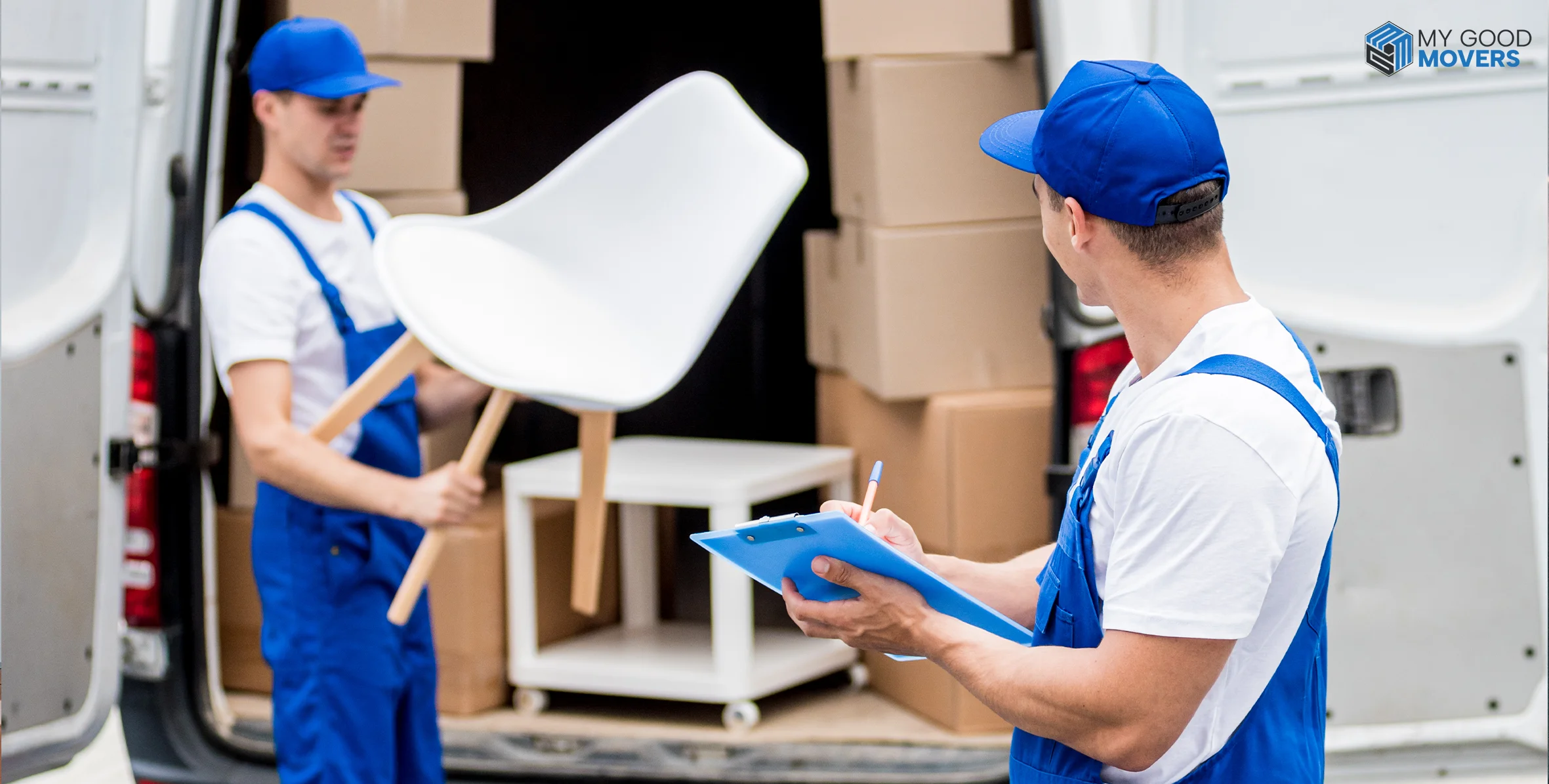

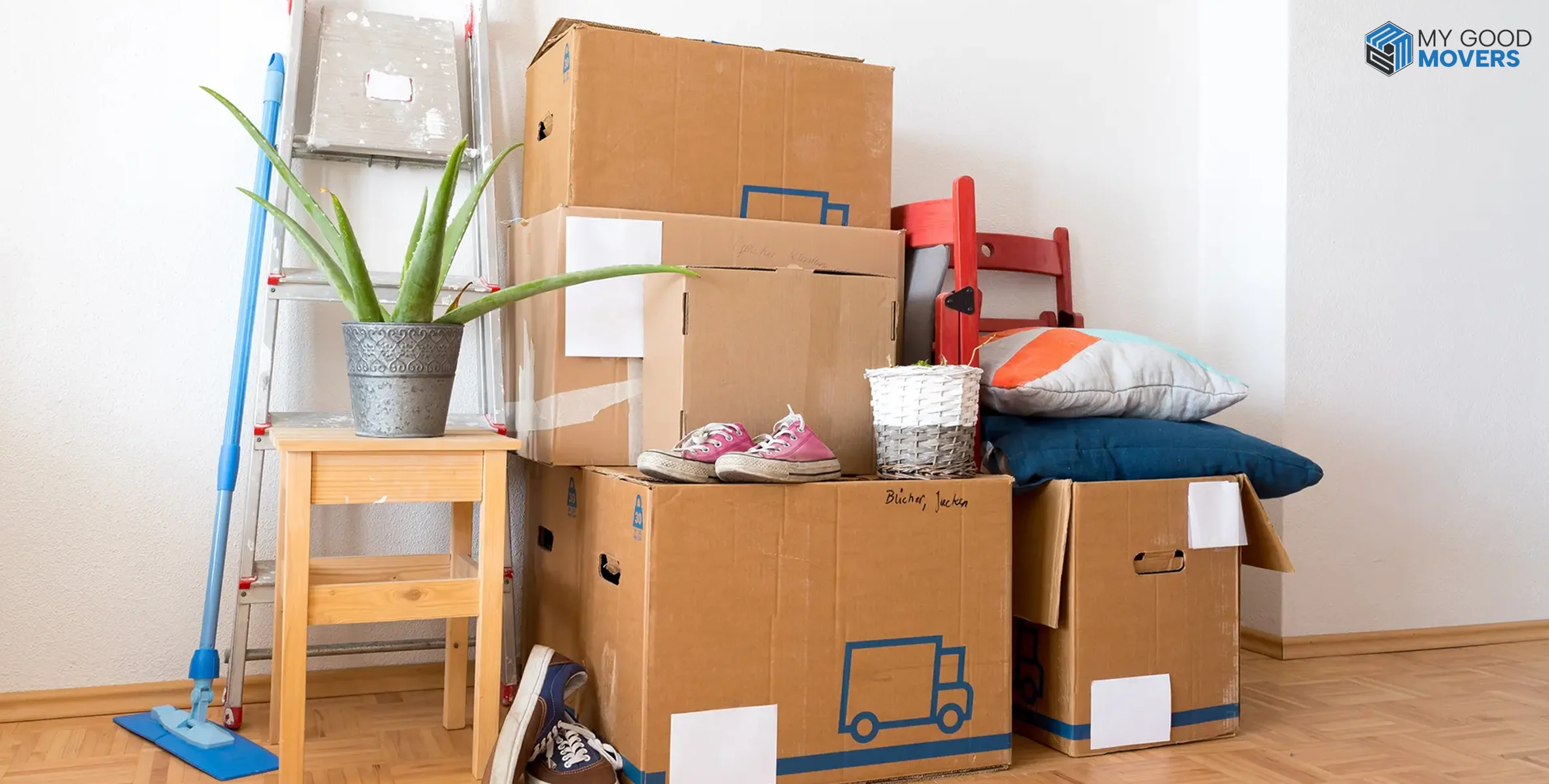









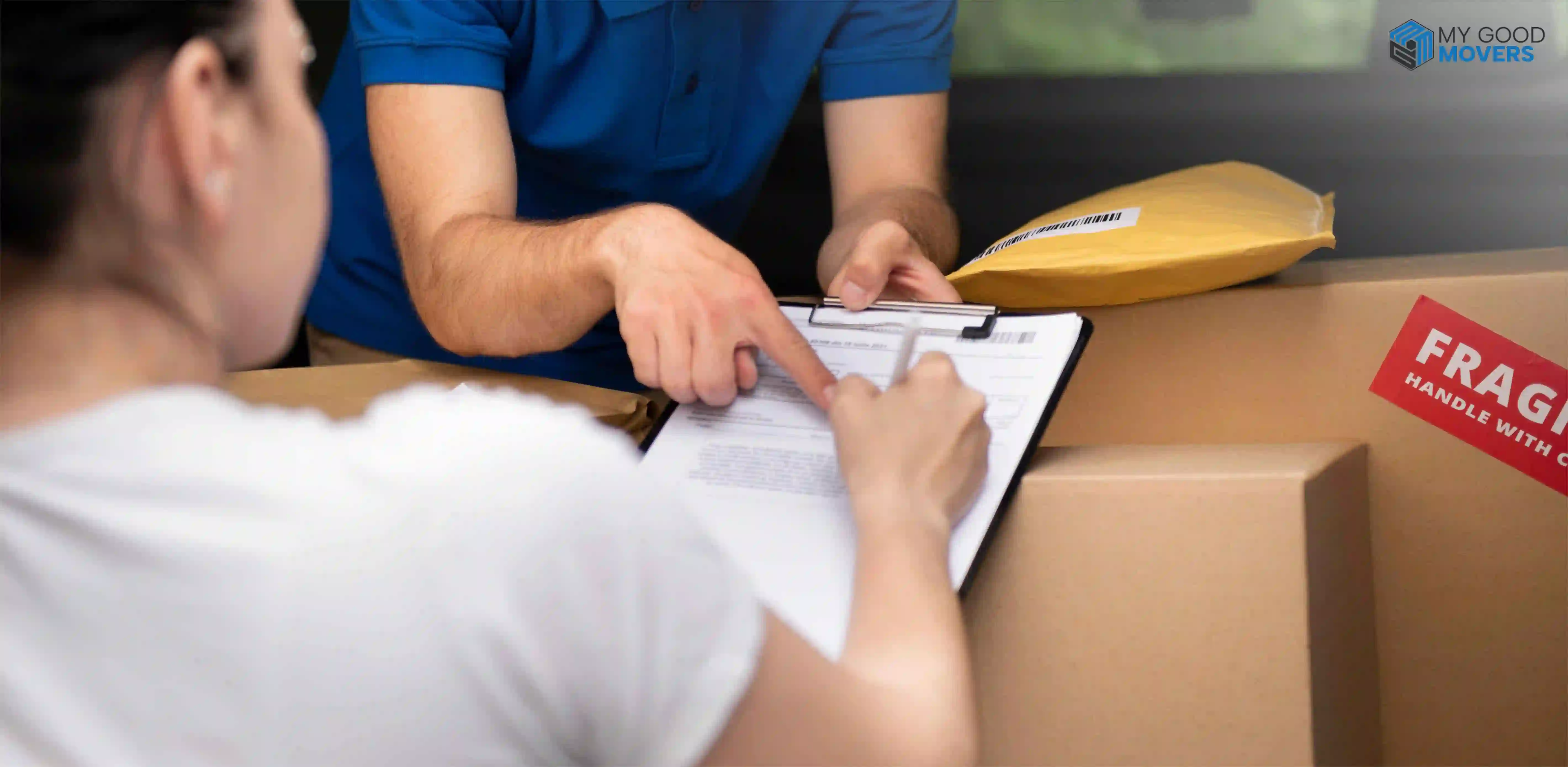






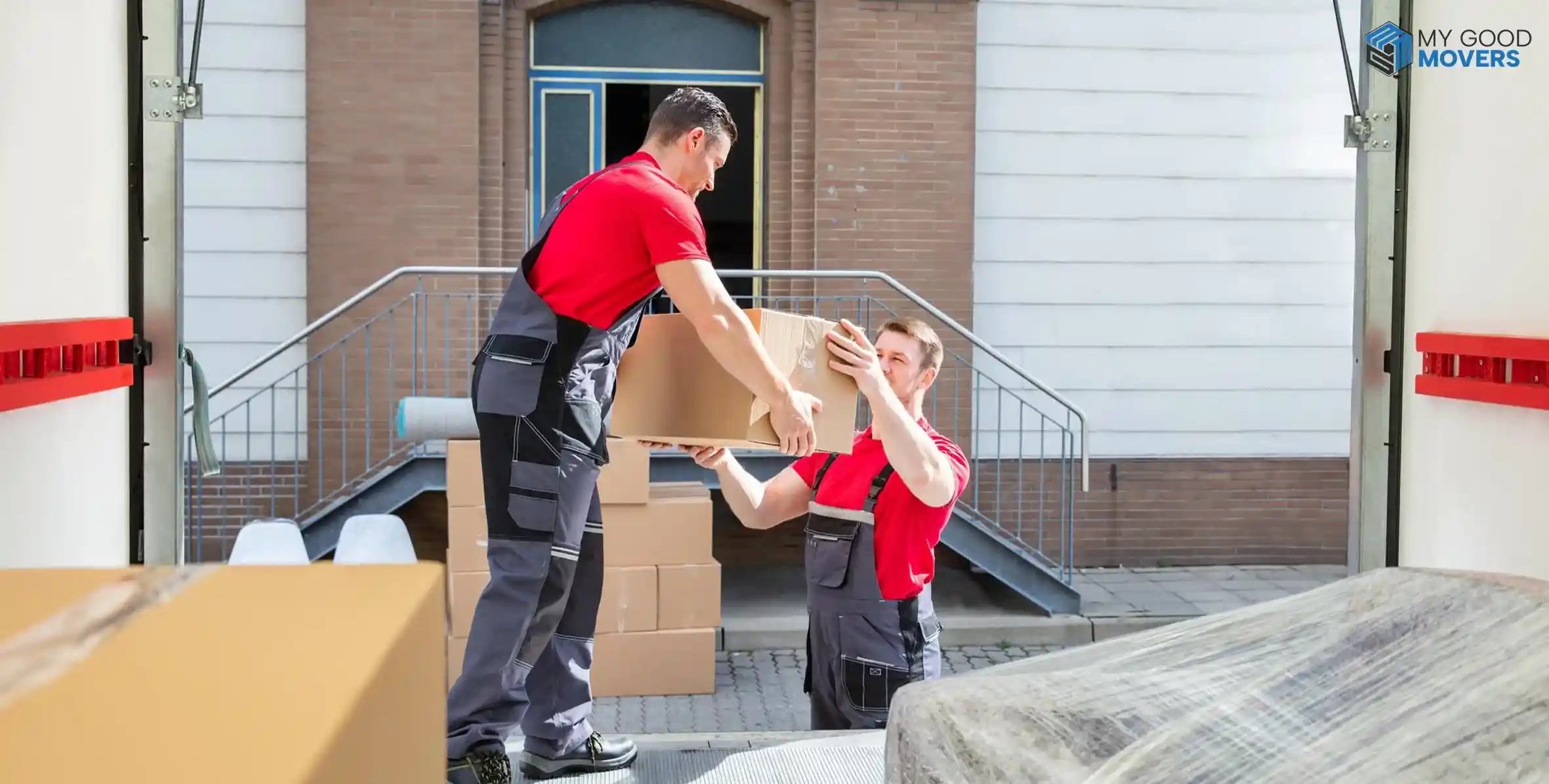




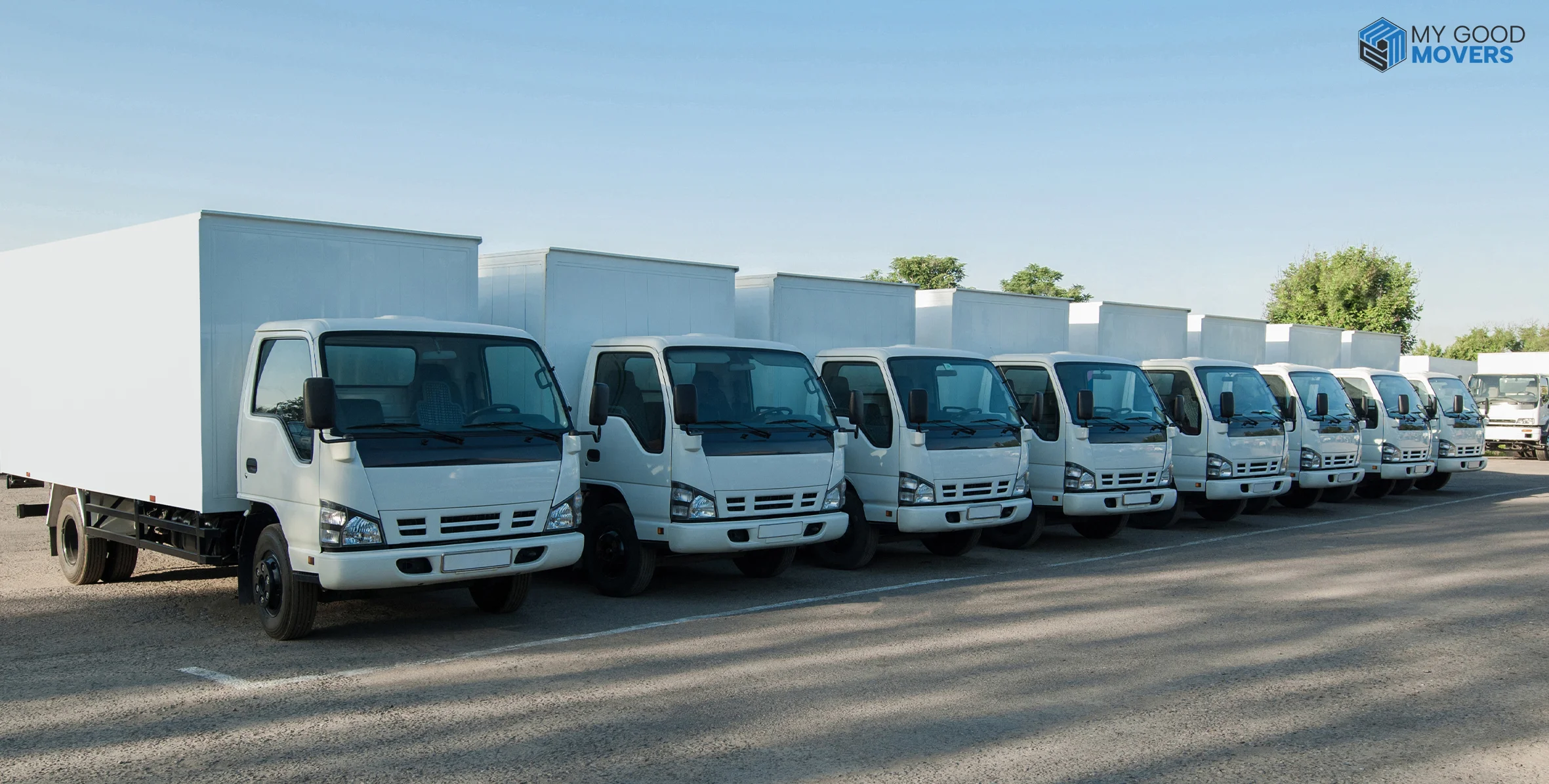













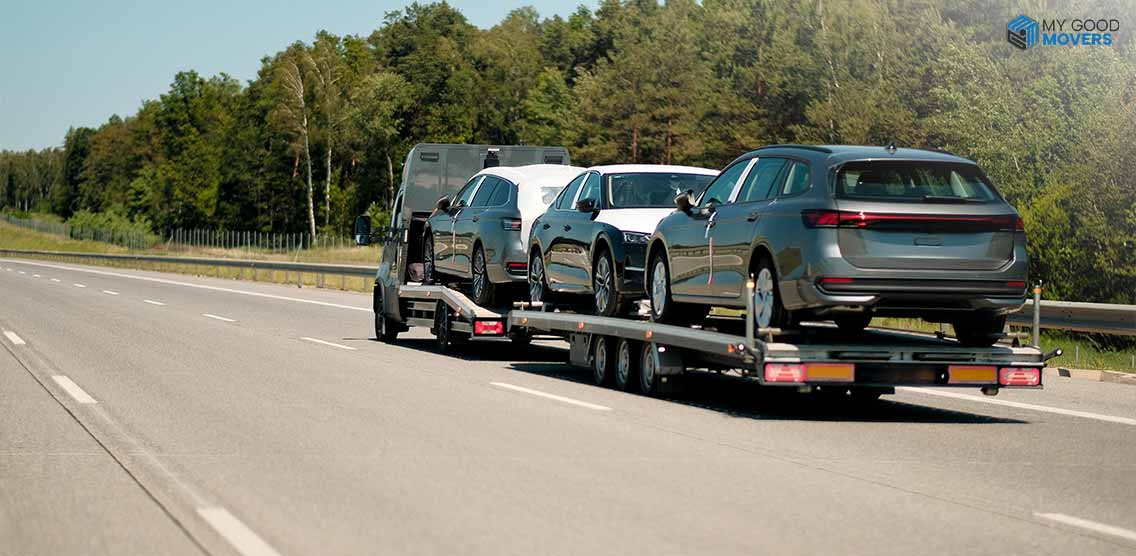
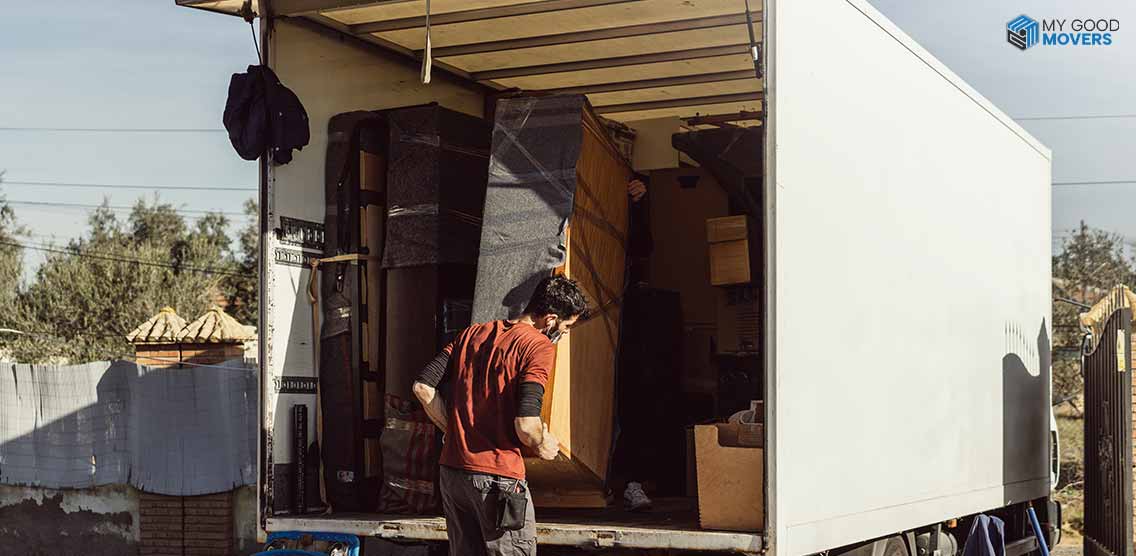
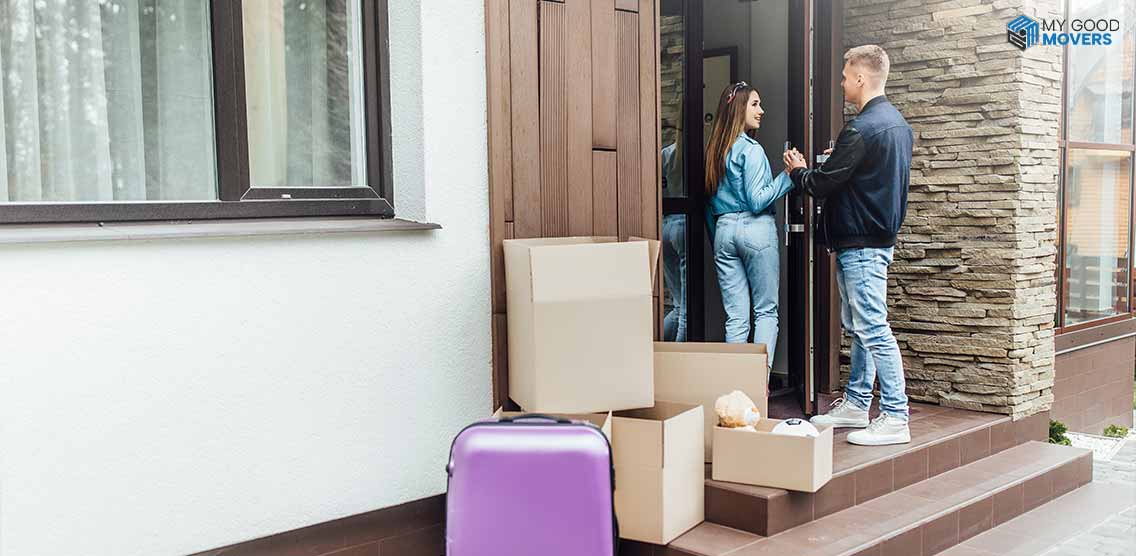


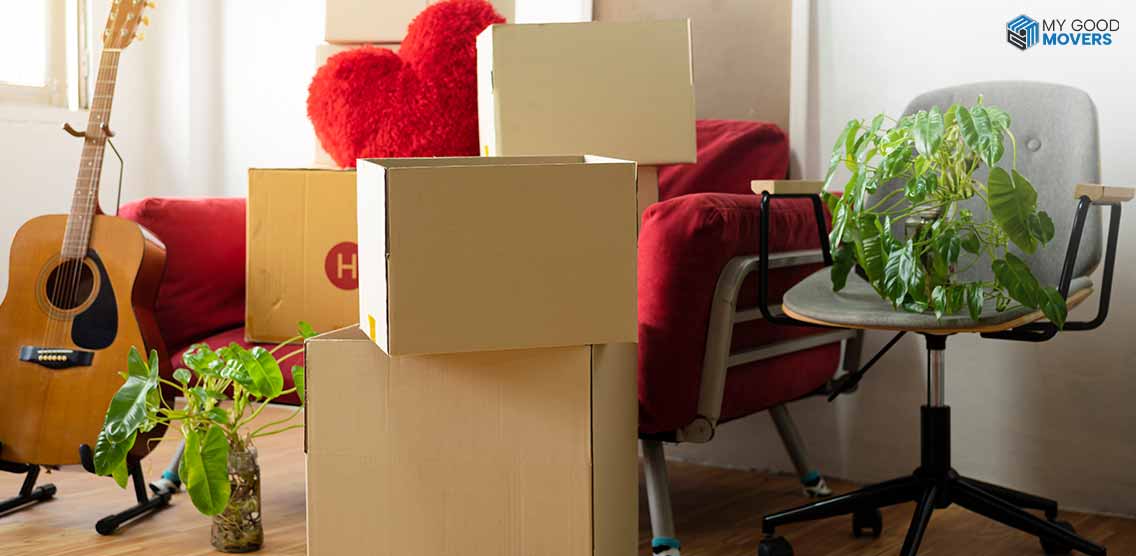






















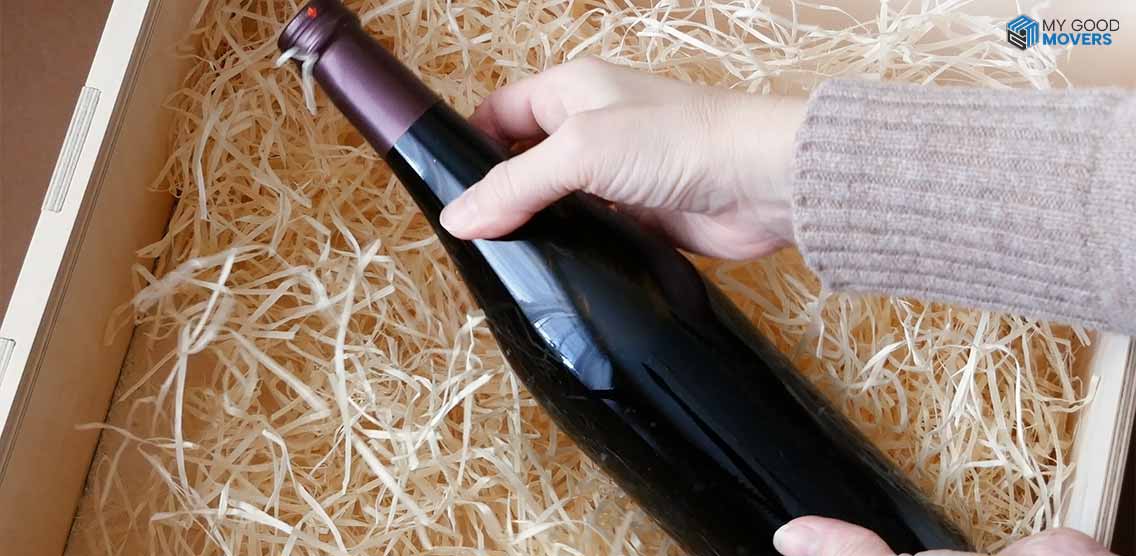

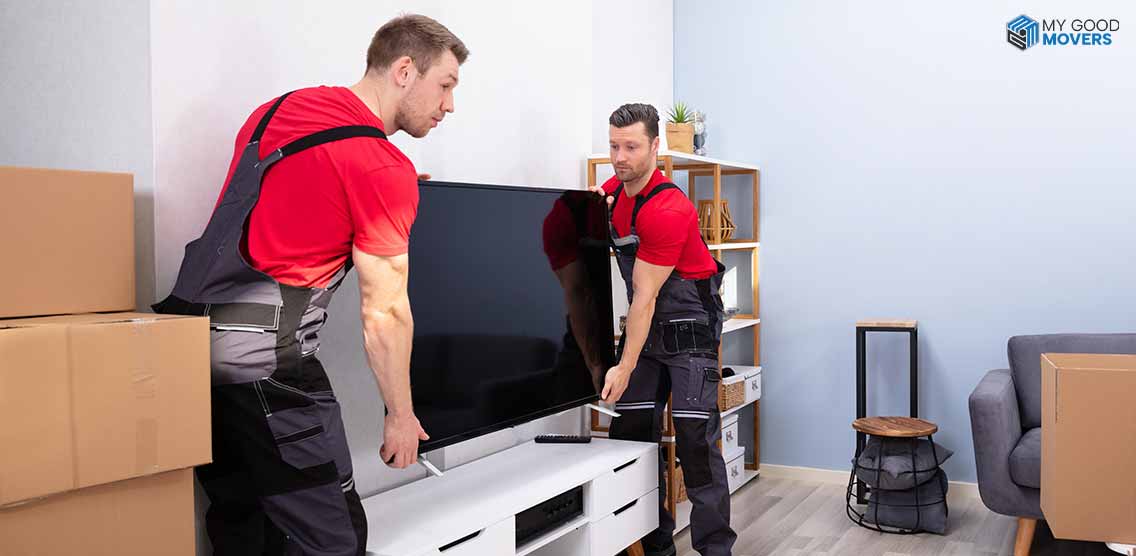










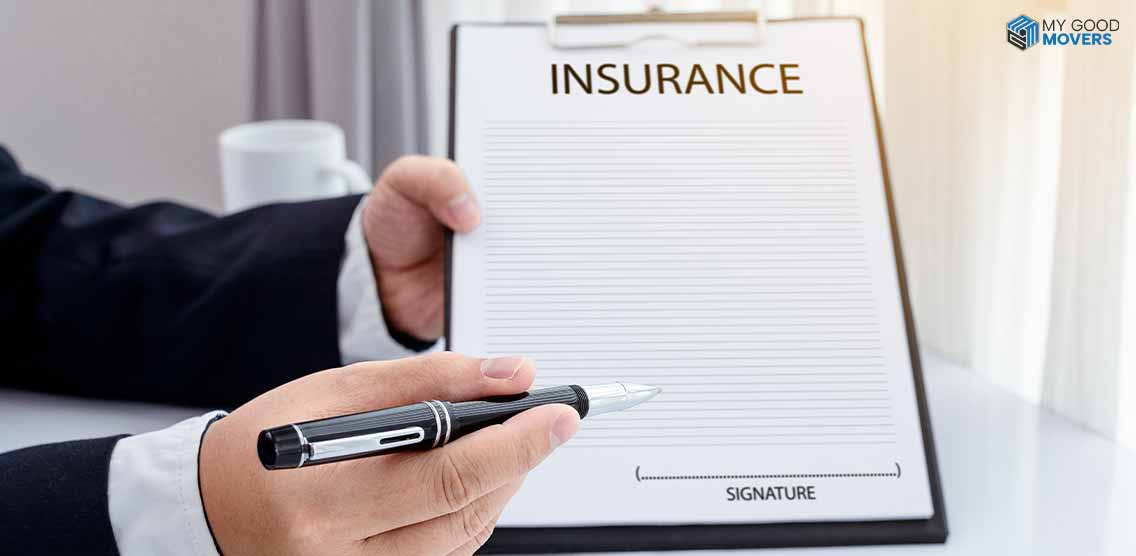
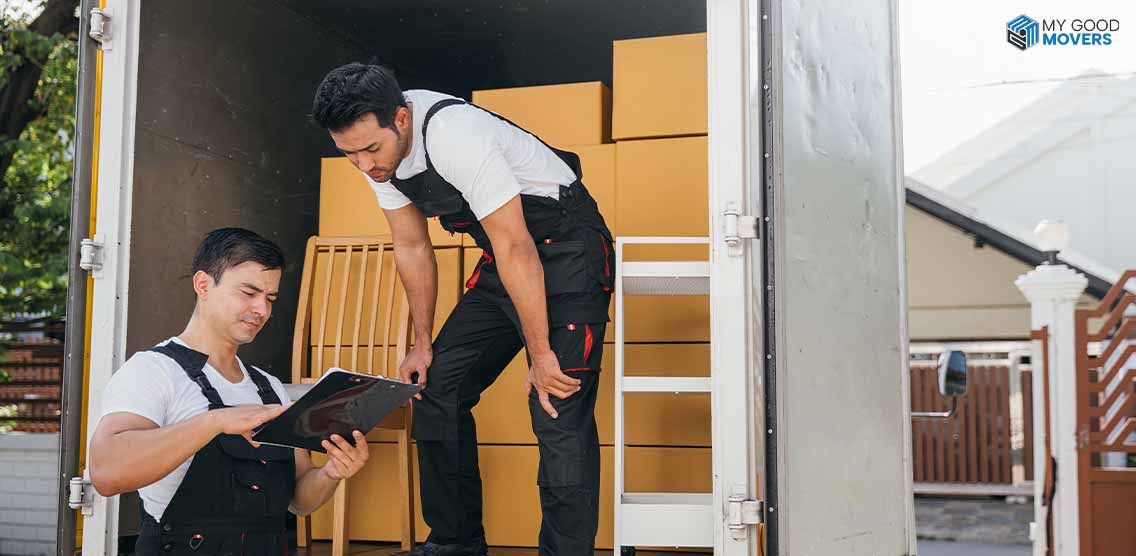

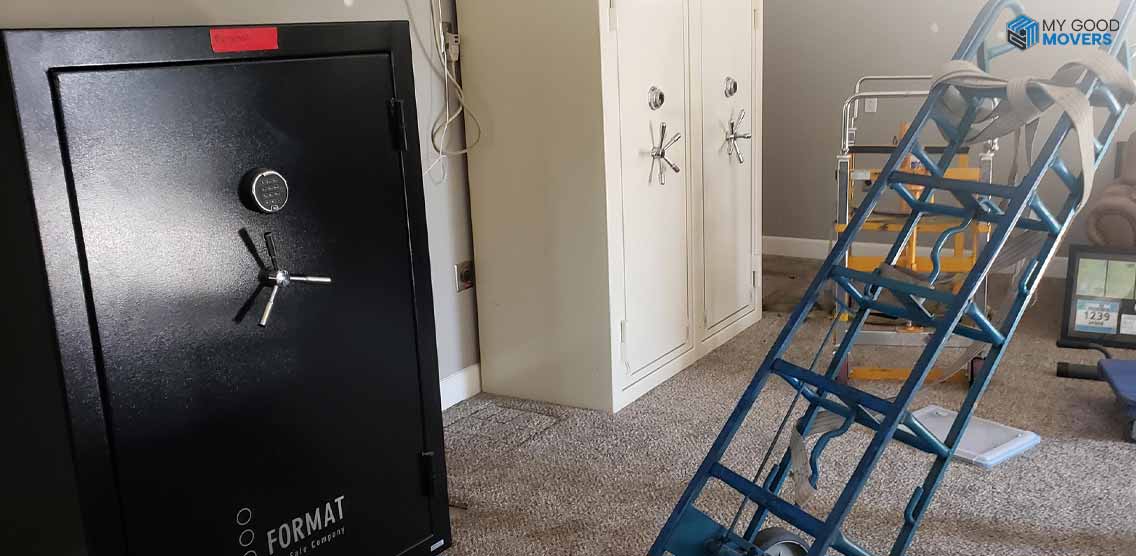









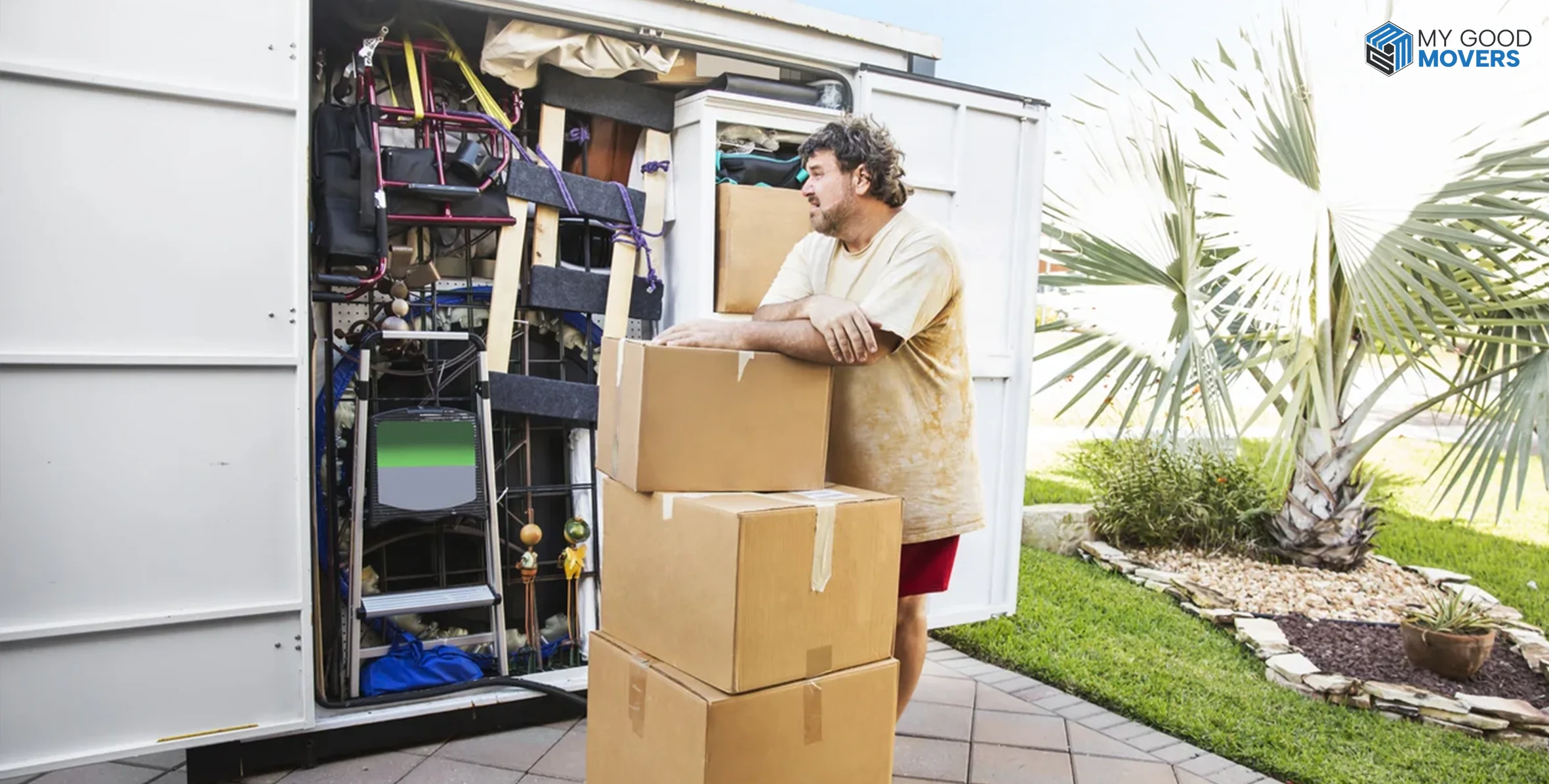
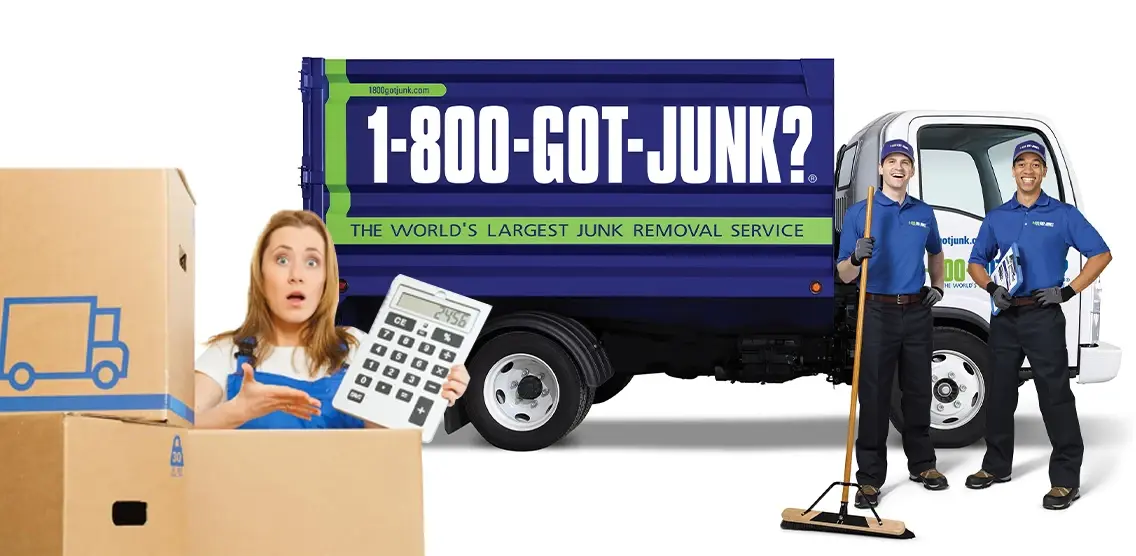
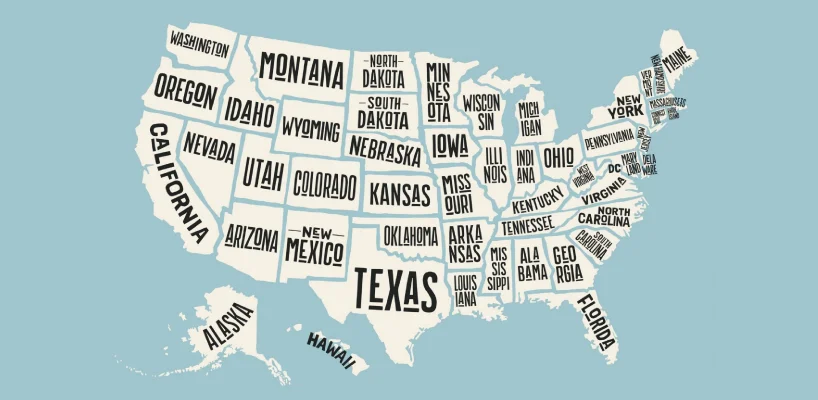





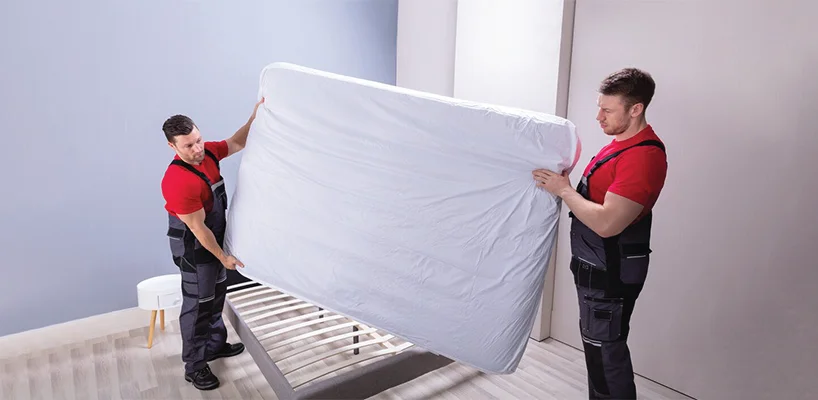
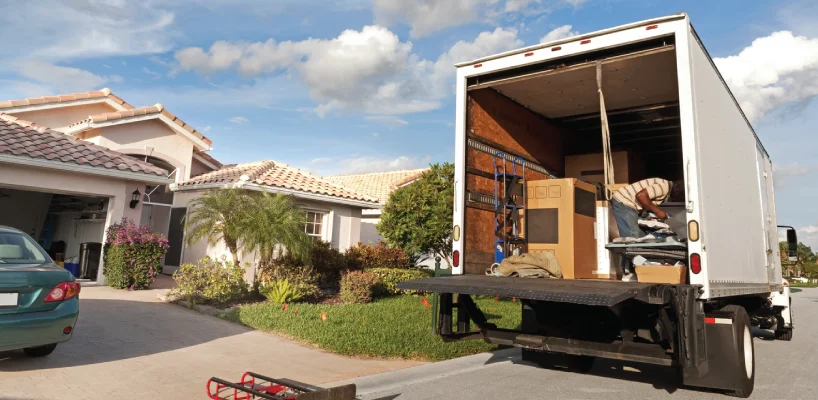
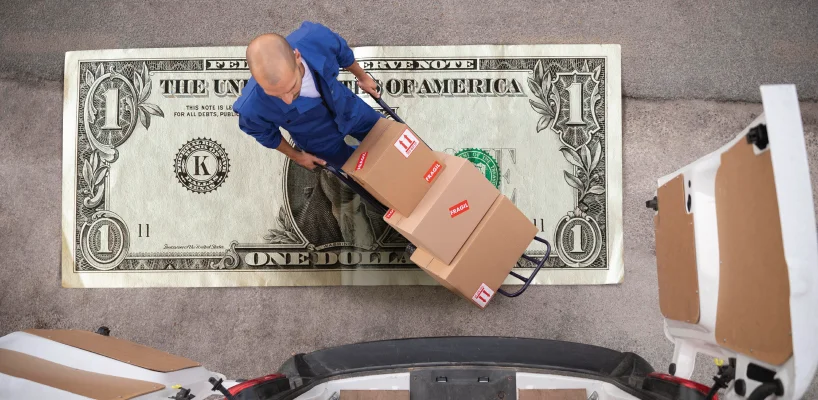



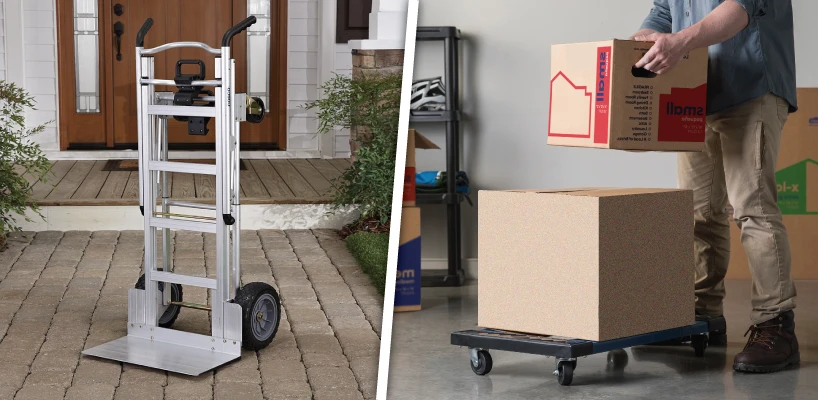
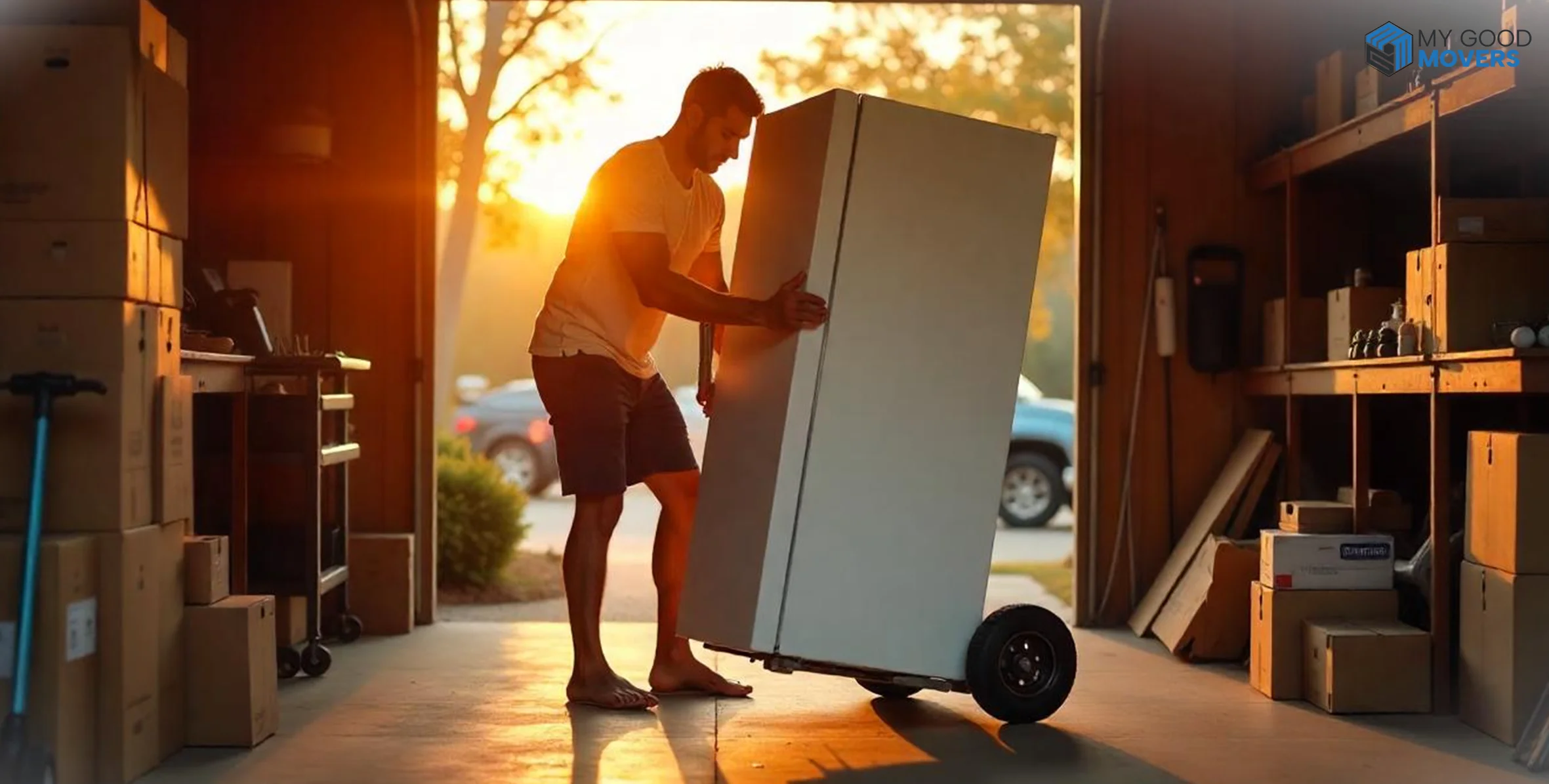
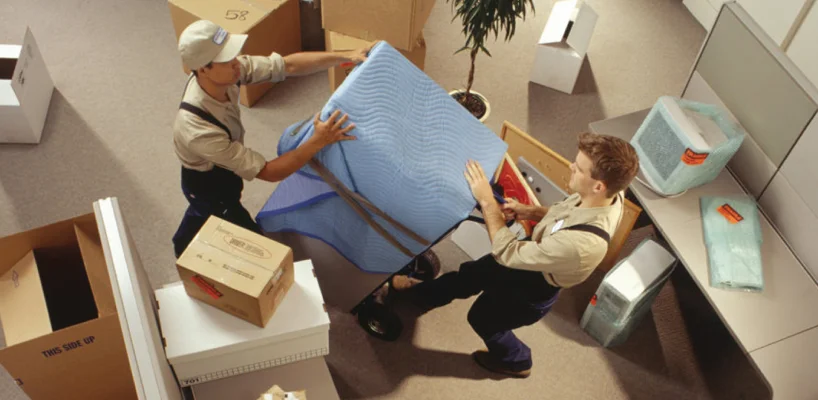


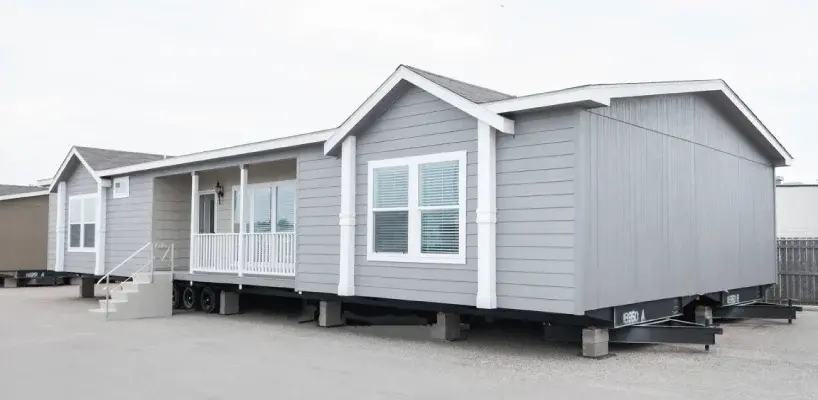


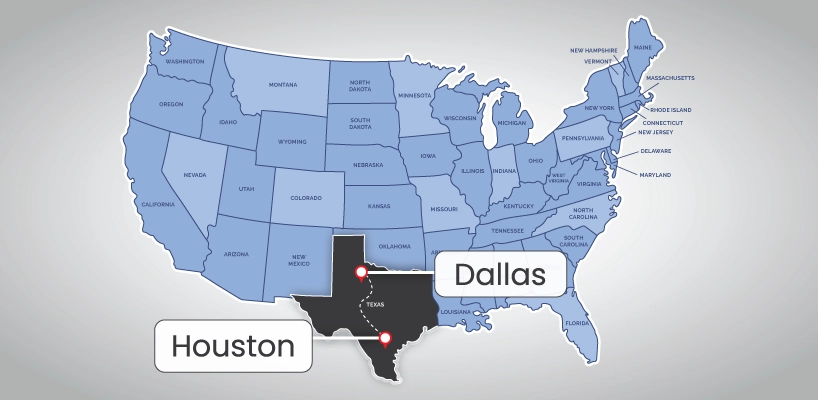








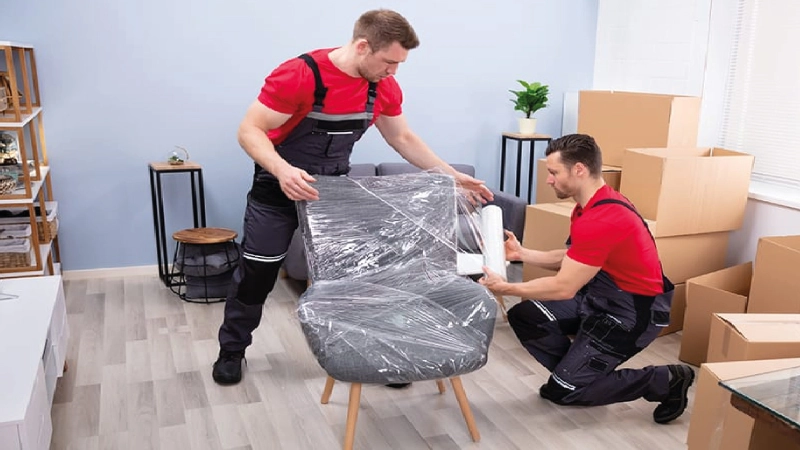

 (239) 799–6077
(239) 799–6077